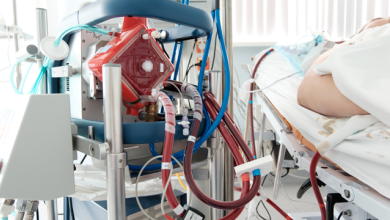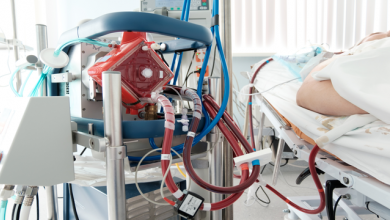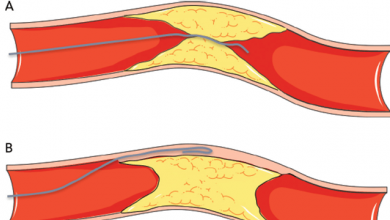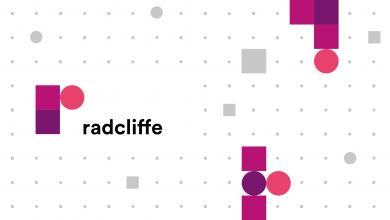Search results
Author(s):
James R Revenaugh
Added:
3 years ago
This article examines the initial results of the authorÔÇÖs experience to date with percutaneous left ventricular assist (LVA) support of patients in cardiogenic shock, and for temporary left heart support in the setting of high-risk percutaneous intervention. Despite evolving procedural methods, 16 of 18 patients in this study survived to hospital discharge. Intraprocedural complications were…
View more
Author(s):
Ahmed M Alabbady
,
Ahmed S Abdul-Al
,
Kimberly A Skelding
Added:
3 years ago
The introduction of percutaneous coronary angioplasty in 1977 by Dr Andreas Grüntzig1 was one of the most remarkable achievements in the cardiology realm, opening the door to numerous advancements in percutaneous coronary interventions (PCIs). Due to advances in PCI techniques over the past four decades, catheters along with four generations of coronary stents have dramatically changed the…
View more
Author(s):
Alexander G Truesdell
,
Rhian E Davies
,
Moemen Eltelbany
,
et al
Added:
1 year ago
Author(s):
Charles Simonton
,
Craig Thompson
,
Jason R Wollmuth
,
et al
Added:
3 years ago
Coronary artery disease (CAD) is a leading cause of morbidity and mortality globally, despite advances in medical and preventive therapy. It is estimated that 18.2 million adults in the US have CAD, with 720,000 Americans projected to have a first hospitalization for MI or CAD death this year.1 Treatment of patients with symptomatic CAD includes guideline-directed medical therapy and coronary…
View more
PCI for Chronic Total Occlusion
Author(s):
Giovanni Maria Vescovo
,
Carlo Zivelonghi
,
Benjamin Scott
,
et al
Added:
3 years ago
Article
Author(s):
Rhian E Davies
,
J Dawn Abbott
Added:
3 years ago
Percutaneous Coronary Intervention for Clinical Syndromes
Stable Angina
The primary benefit of percutaneous coronary intervention (PCI) over medical therapy in patients with stable angina is the improved quality of life. The PCI in stable angina (ORBITA) trial was the first sham-controlled trial of PCI where 200 medically optimized patients with single vessel disease were randomized to PCI or…
View more
Author(s):
Gregory J Dehmer
Added:
3 years ago
The use of percutaneous coronary intervention (PCI) for coronary artery revascularization has grown considerably since the first balloon angioplasty in 1977. Improvements in equipment and drug therapies plus the development of coronary artery stents have all contributed to the growth of PCI as an alternative to surgical revascularization. Compared with the early days of balloon angioplasty, when…
View more
Author(s):
Despoina-Rafailia Benetou
,
Panayotis K Vlachakis
,
Charalampos Varlamos
,
et al
Added:
2 years ago
Author(s):
Nicolas M Van Mieghem
Added:
6 years ago
In this video, Dr Nicolas Van Mieghem discusses which patients he is performing TAVR in now.
View more
DAPT in Complex PCI
Author(s):
Dimitrios Alexopoulos
,
Charalampos Varlamos
,
Despoina-Rafailia Benetou
Added:
3 years ago
Article















